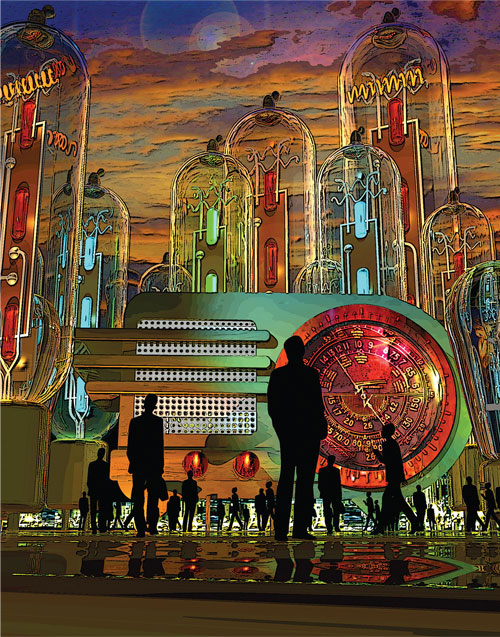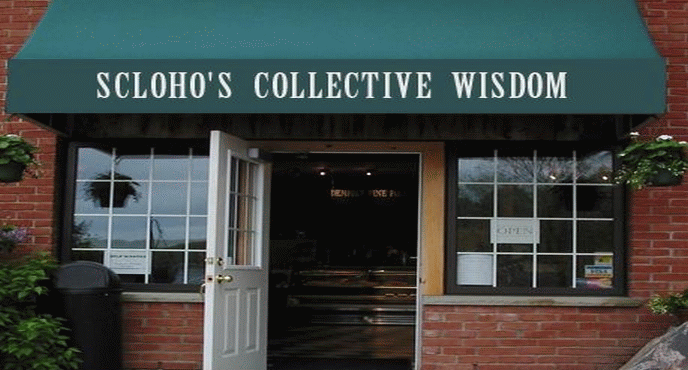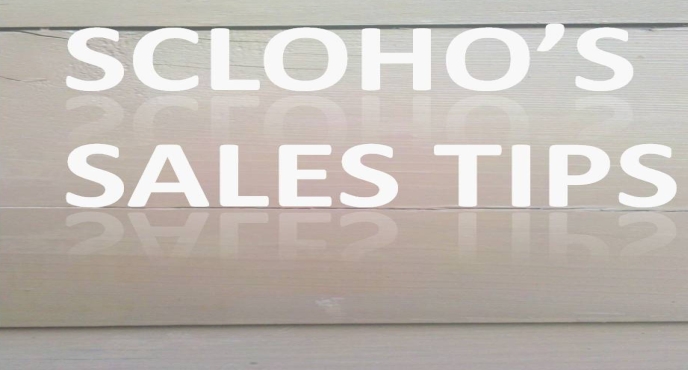Last week, Mediapost shared an article about advertising to baby boomers. My wife is in this age group and I'm just barely a part of this generation. Our parents have passed away, so it's impossible to ask them now what they felt like when they turned 50 or 60 but it...
ScLoHo’s Collective Wisdom
Are You Earning Customer Loyalty?
I read an article from Advertising Age last week that says the loyalty programs that a lot of retailers use don't really work. At least when you define loyalty as someone being loyal to you above others. The way we are loyal to our families. My favorite coffee shop...
Your Fan Base Numbers
Sunday, I was cleaning out my unread email messages when I came across the following from Seth Godin: Almost no one There's a huge difference between "no one" and "almost no one". Almost no one is going to hire you. Almost no one is going to become a true fan. Almost...
Marketing Questions from Seth
ScLoHo's Collective Wisdom was a blog site that I curated for several years until I launched this website in 2011. The concept was simple. It was a collection of marketing and media wisdom written by others and republished on my blog. More about that in a second. But...
Radio Listenership Numbers
Last week the Radio Advertising Bureau had their annual convention in Indianapolis, about 90 miles from Fort Wayne. Lots of information was presented during the event and at a pre-event: AM/FM Radio Has More Daily Listening than All Other Audio Combined Source: John...
Survey Says: Music & Radio Listening in 2014
From our friends at Mediapost: Listen Up! Digital And Younger Listeners Changing Radio by Jack Loechner. According to Jacobs Media's new study of core radio listeners, the impact of digitally delivered media continues its rise, providing both opportunity and...
Earning the Order – Part 3 from Randy Clark
My friend Randy wrote a guest post that appeared on one of my old websites over a year ago. This week, I've divided it into 4 parts to share again. Let's continue. Randy Clark of TKO Graphics: How to look and sound confident (even if you are afraid!) Posture Sit or...
Earning the Order – Part 2 from Randy Clark
Continuing our guest post from yesterday... Randy Clark of TKO Graphics: .... Most decision makers will say no several times before they say yes…to somebody, yet most consultants only ask once or never ask for the order. Here’s why: You don’t want to be pushy – so you...
Earning the Order – Part 1 from Randy Clark
Last week I was reminded of an excellent post that I first published in January of last year on one of my old websites. Because there are multiply nuggets of wisdom, I'm going to share this over the course of 4 days. Let's start: Today we have a guest post from Randy...



